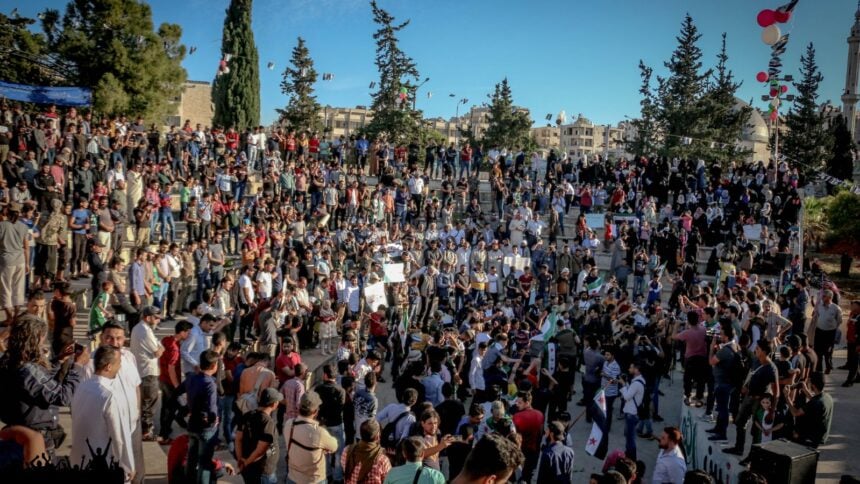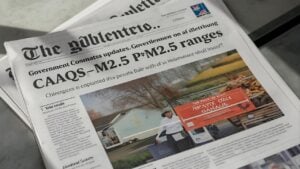A new prisoner swap framework under discussion would see Hamas free all living Israeli captives in phases while Israel releases about 2,000 Palestinian detainees and allows a significant expansion of aid into Gaza.
Described by regional officials and media reports on Oct. 13, also folds into a broader ceasefire push tied to a summit in Egypt.
Early transfers began Monday, but negotiators caution that sequencing, verification, and eligibility lists remain fluid, and that any breakdown could quickly harden positions on both sides.
It would also create space for aid convoys to move more freely, lowering the probability of fresh supply disruptions that ripple through commodity trade lanes.
The path of the truce itself and whether it reduces the chance of spillover that could threaten regional flows. The state of physical supply, where global crude exports have been running hot even as refiners juggle margins and maintenance.
A credible exchange paired with humanitarian access could knock a few dollars off the conflict premium embedded in Brent, but the effect may prove modest without clearer signs that border tensions and militia activity elsewhere are cooling.
The swap plan hinges on careful choreography among Israel, Hamas, Egypt, Qatar, and the United States, with the International Committee of the Red Cross facilitating transfers.
The most sensitive elements involve who qualifies for release, how staged handovers are verified, and what happens if a batch fails to move on time.
The talks also touch on whether longer-term arrangements in Gaza can emerge from a ceasefire window, including governance, reconstruction, and security guarantees.
The deal intersects with sanctions architecture in the region, notably U.S. and European regimes that bear on crude flows, petrochemicals, and banking channels.
Separate developments, including any adjustments to UN sanctions on Iran, would amplify or offset whatever relief the swap delivers.
Canada and the United States will also recalibrate travel advisories and export controls as the situation evolves, with potential knock-on effects for listed defense and aerospace names as procurement priorities respond to perceived risk.
A successful exchange that frees all surviving captives and channels more aid into Gaza raises the odds of a longer pause and reduces the likelihood of sudden, market-moving shocks tied to the conflict.
This scenario leans risk-on at the margin and is typically negative for havens such as bullion, though the relationship is not one to one.
If the process stalls or violence resumes, the opposite holds, energy and defense outperform, shipping premiums climb, and havens reassert leadership.
Recent price action has already reflected alternating bursts of optimism and fear; a durable framework would compress that volatility.
Carriers and cargo operators with Eastern Med exposure warrant monitoring for route normalizations. If the ceasefire window widens, a rotation away from havens could reemerge, the last episode saw narratives like gold smashes records cool when geopolitical stress abated.


















